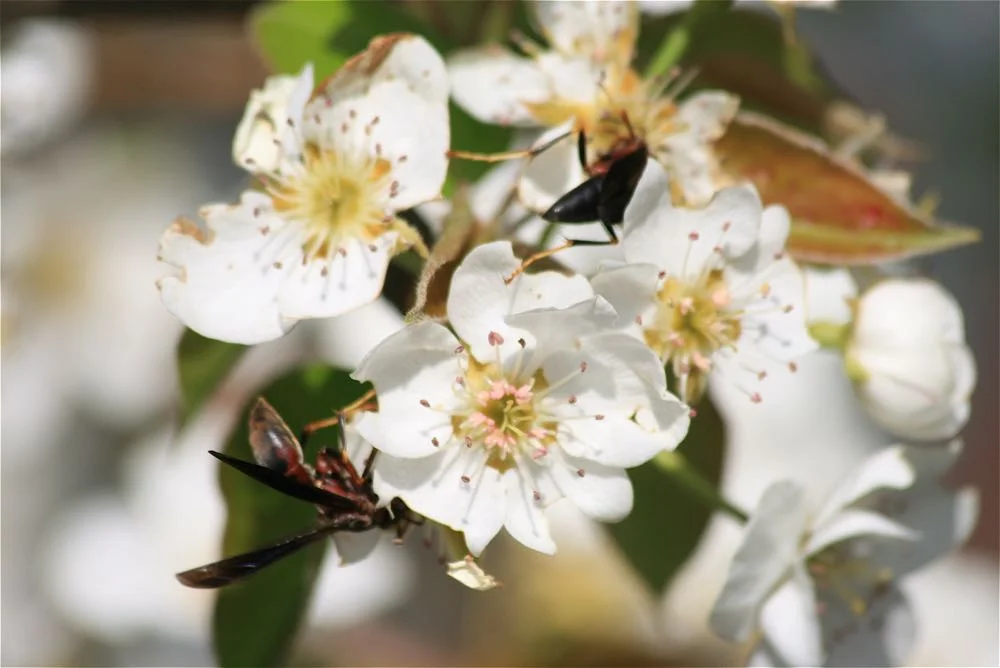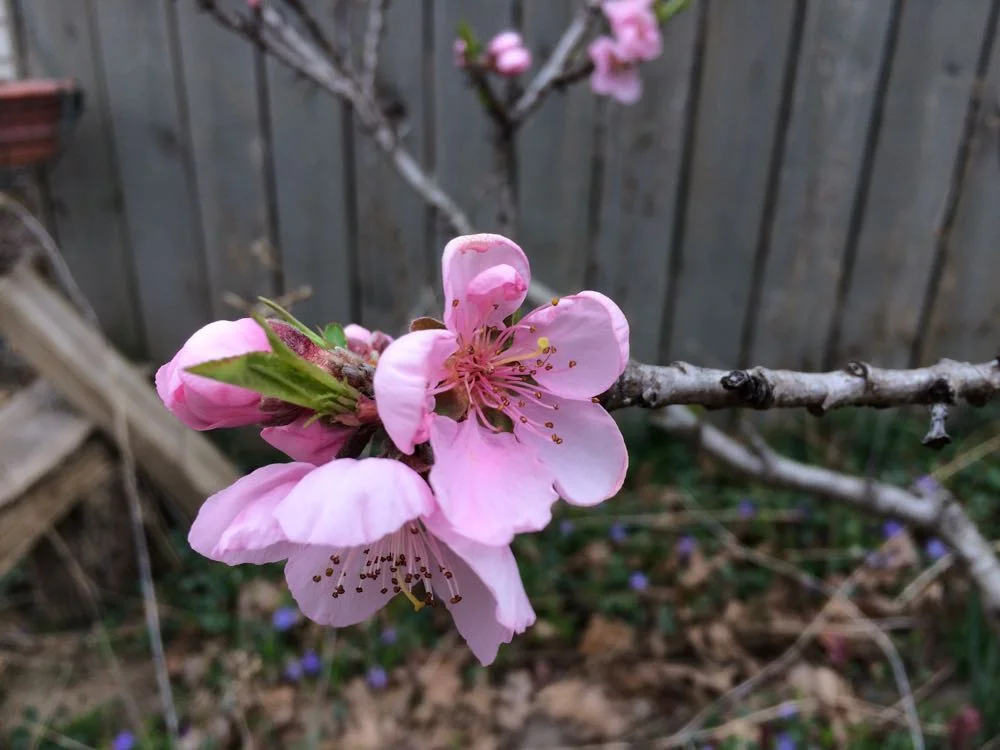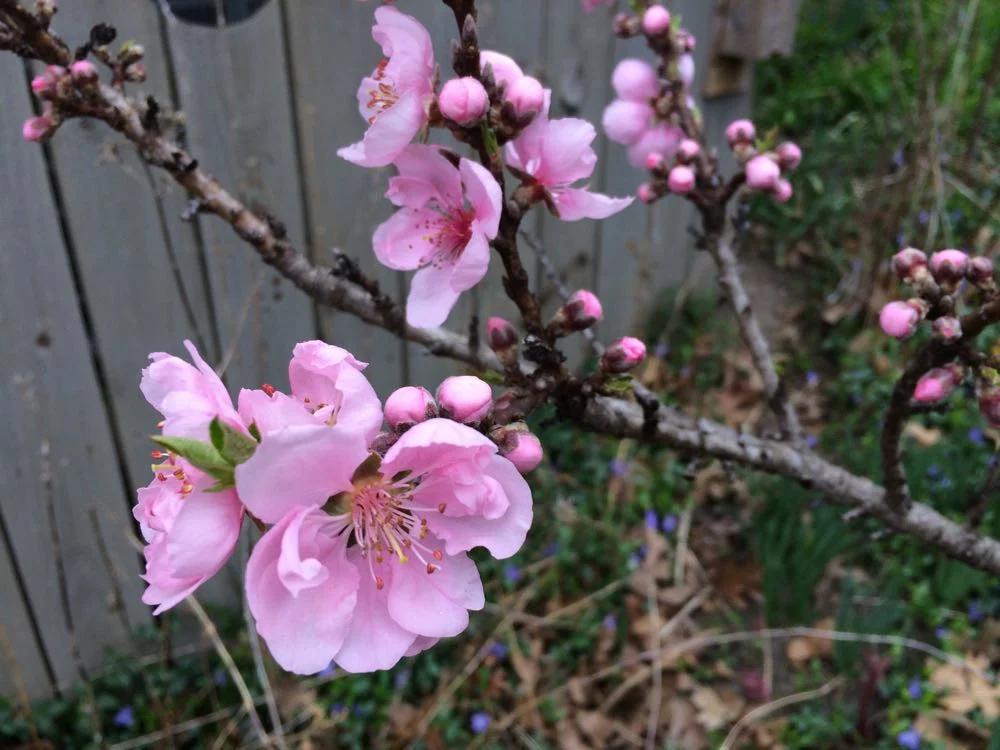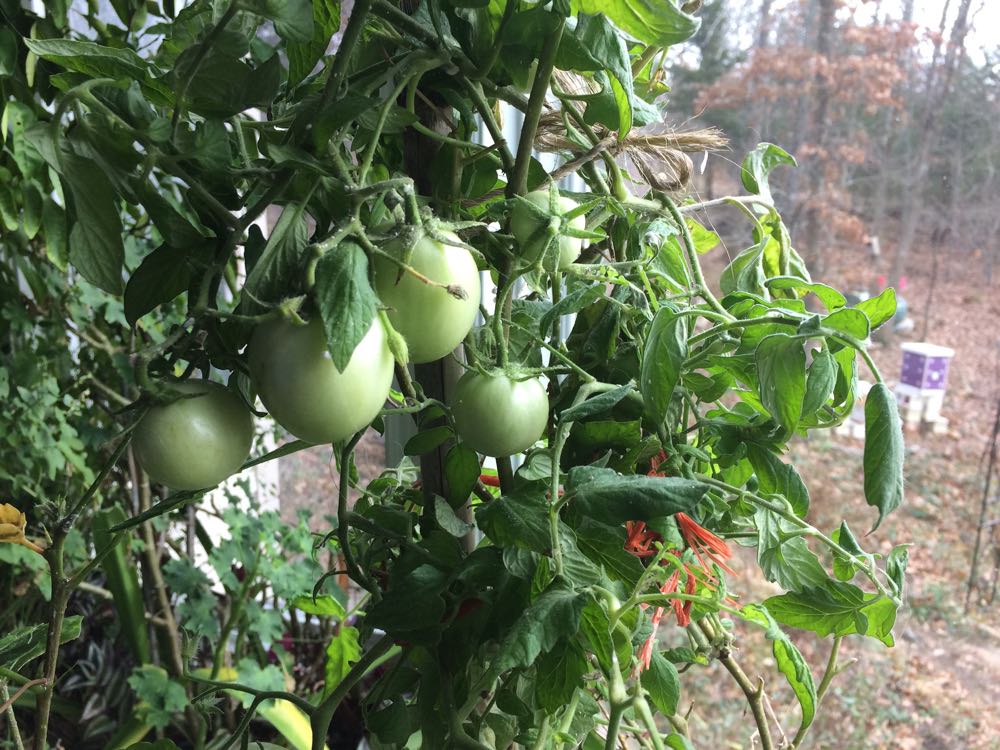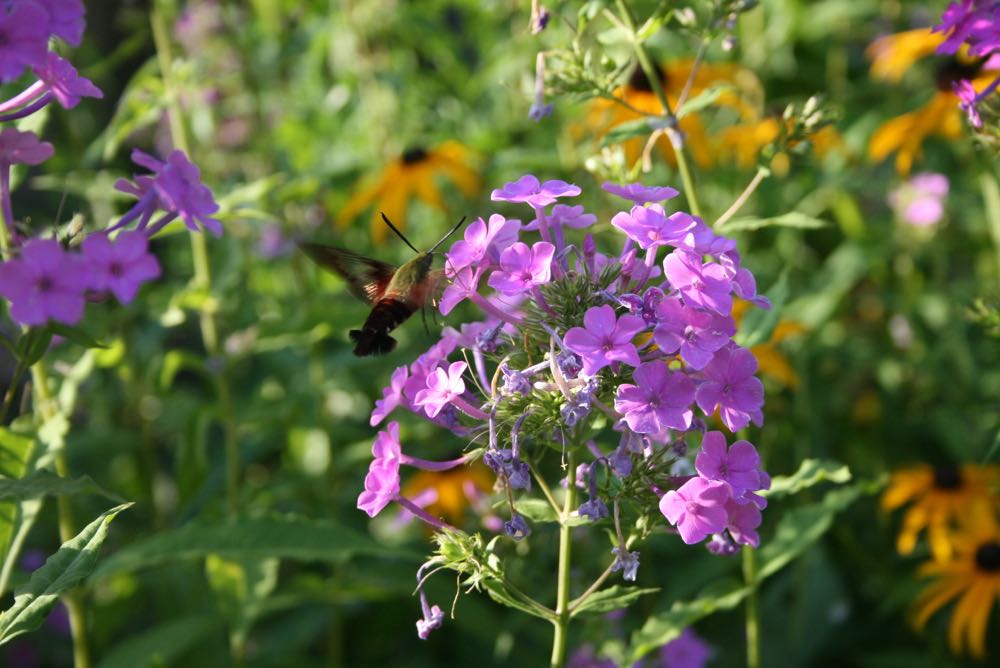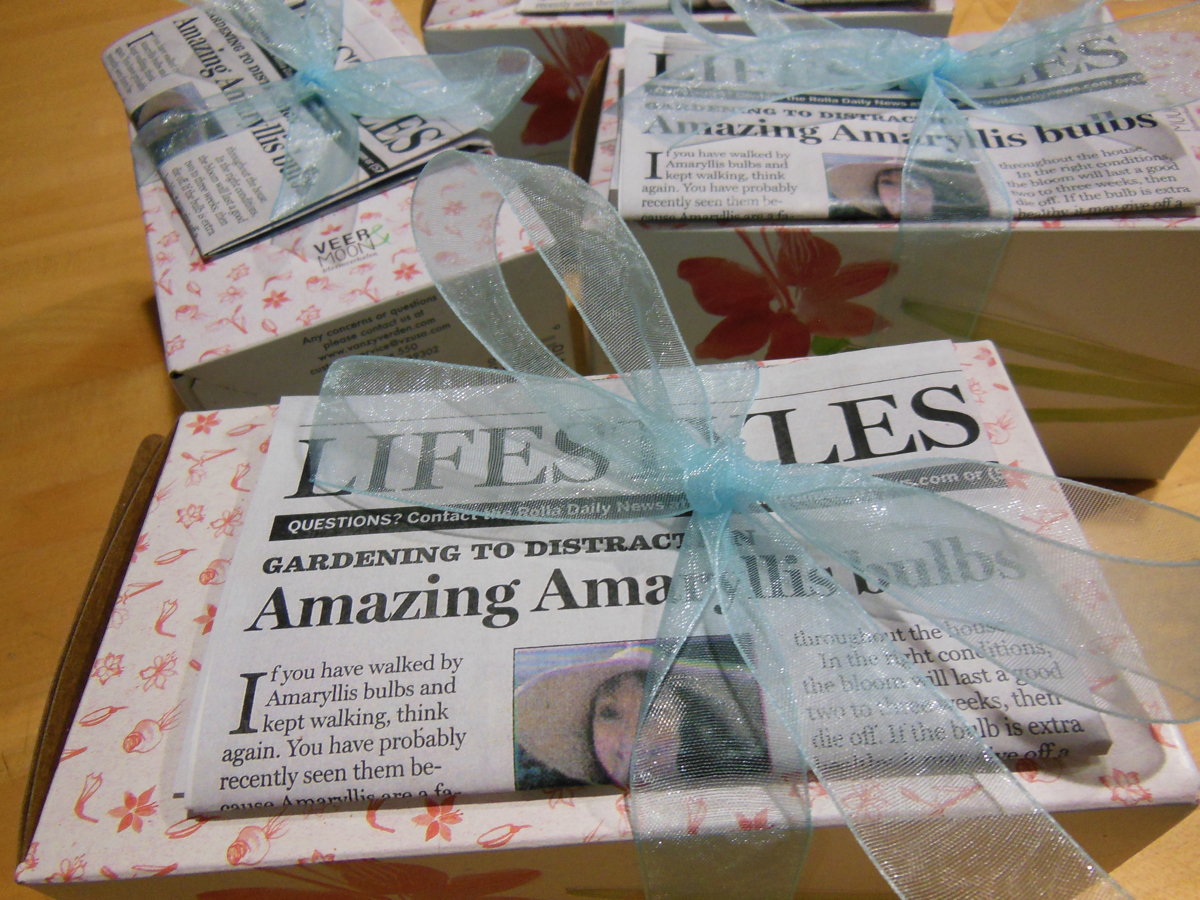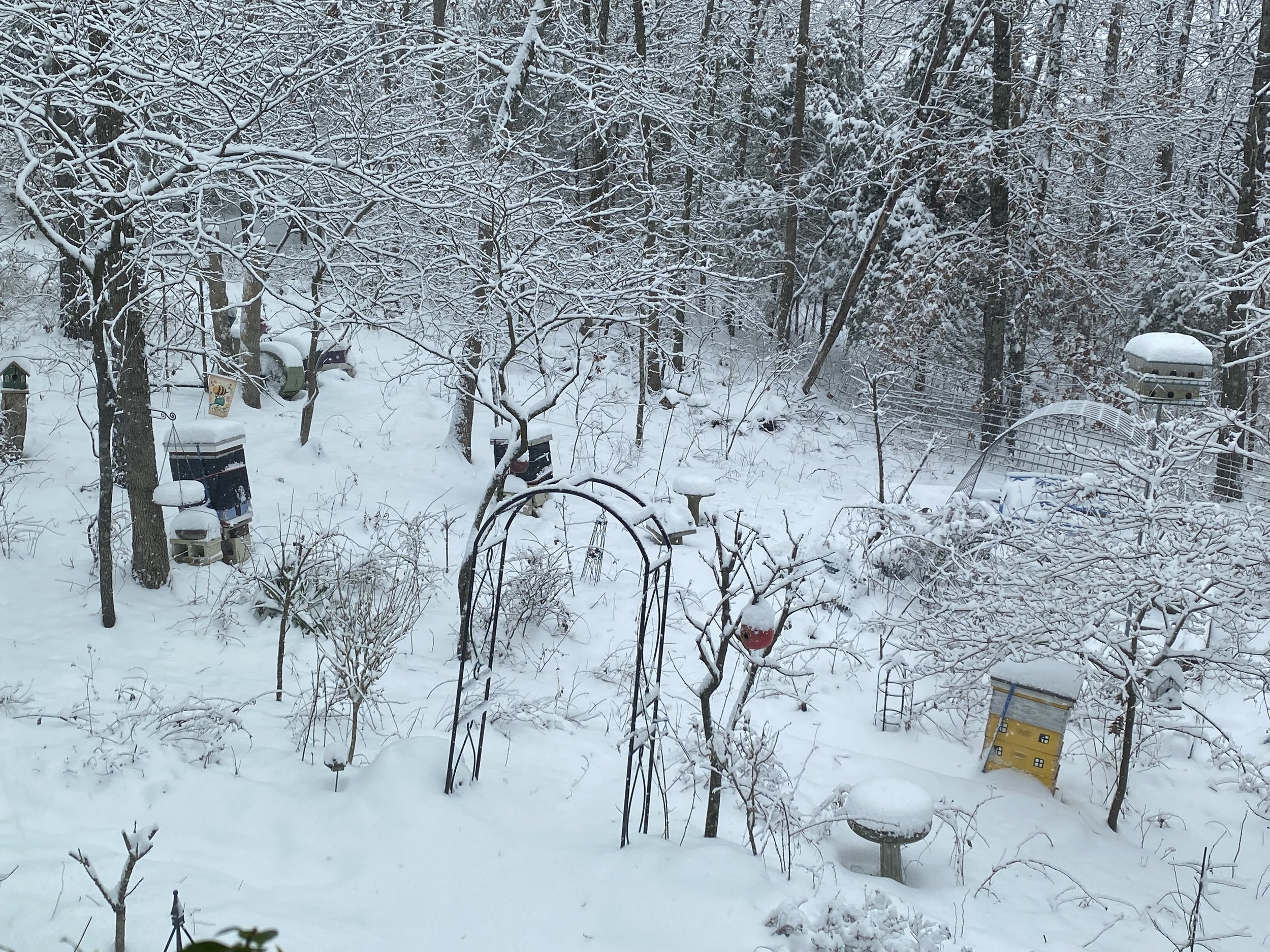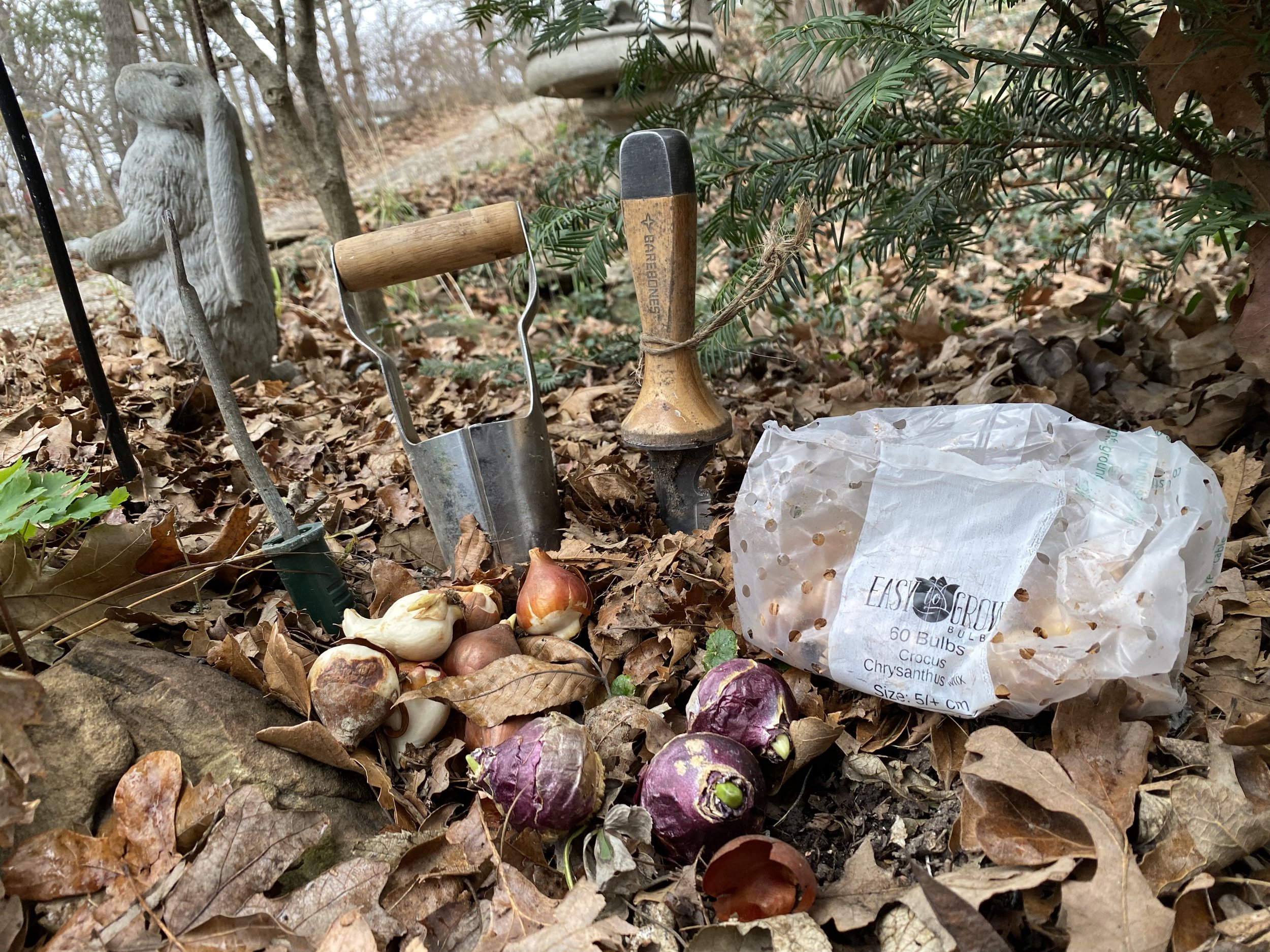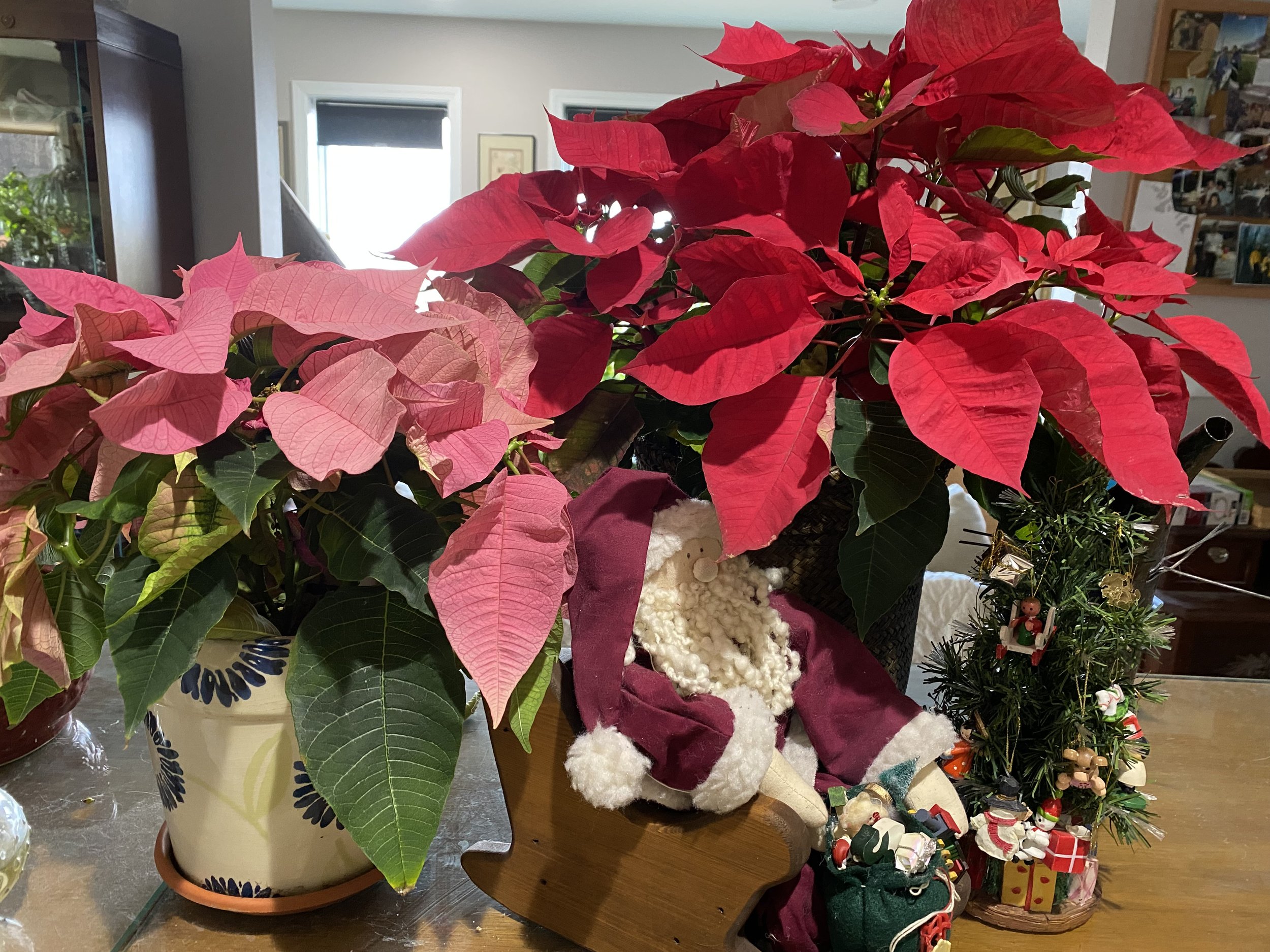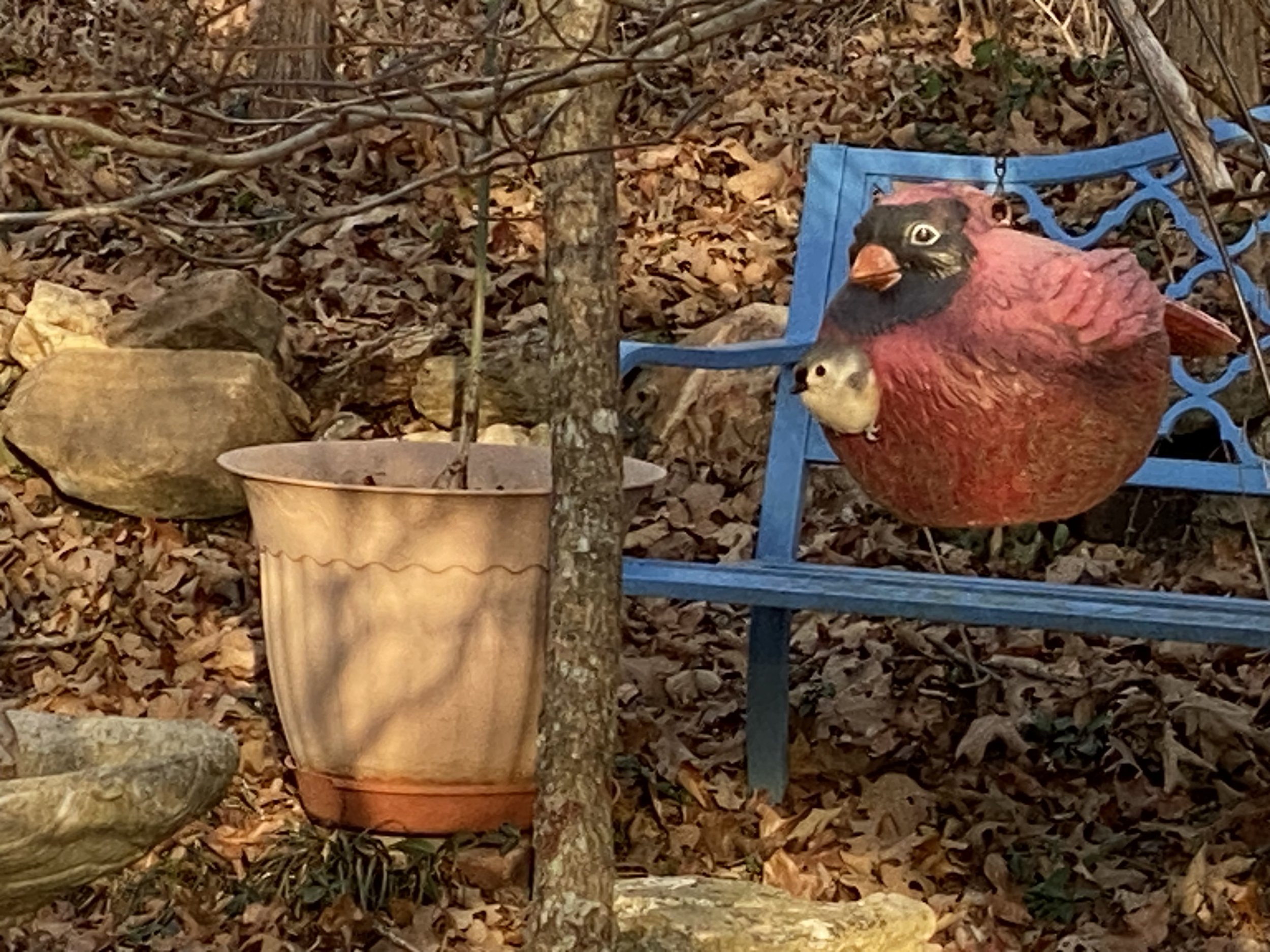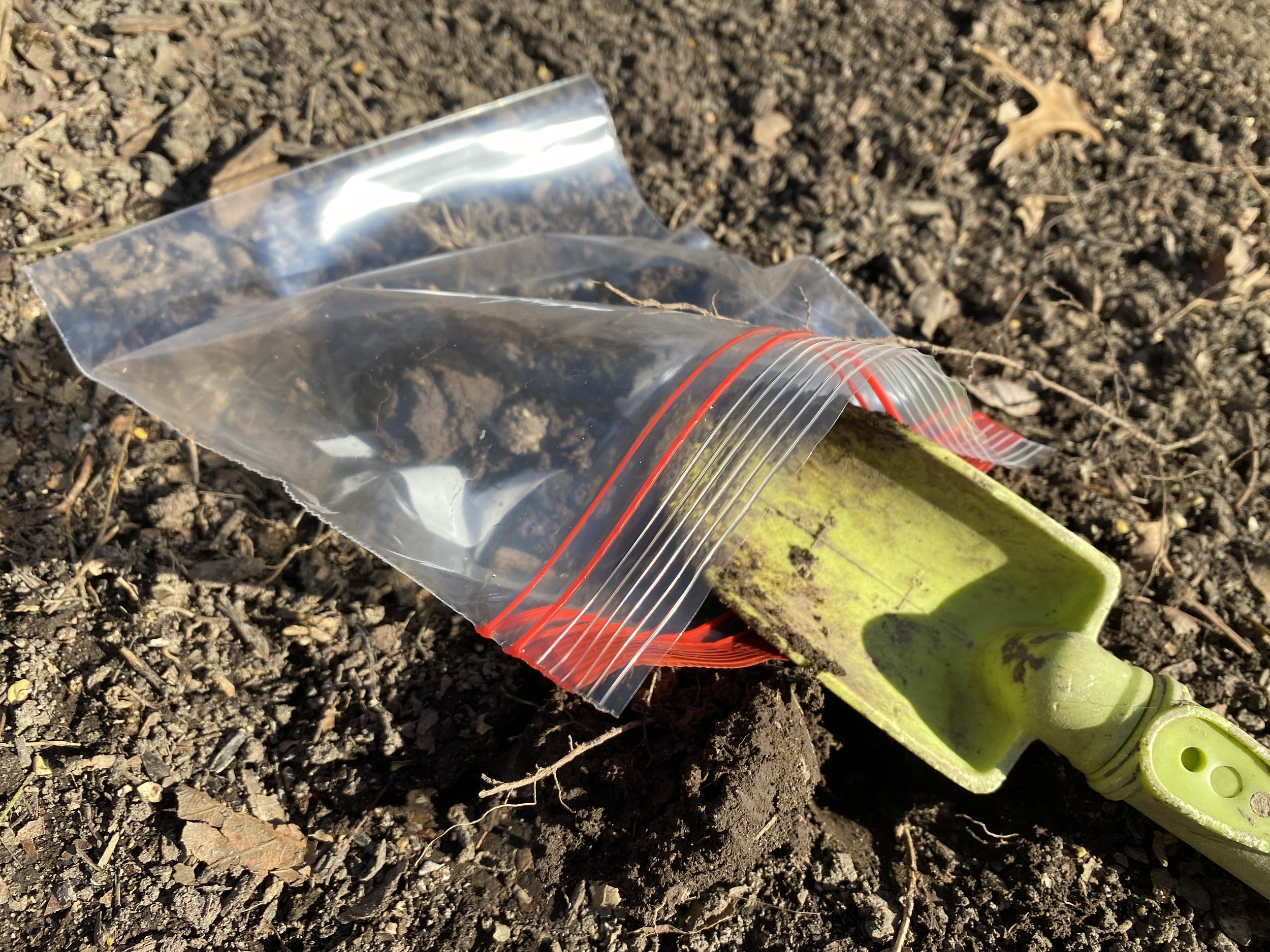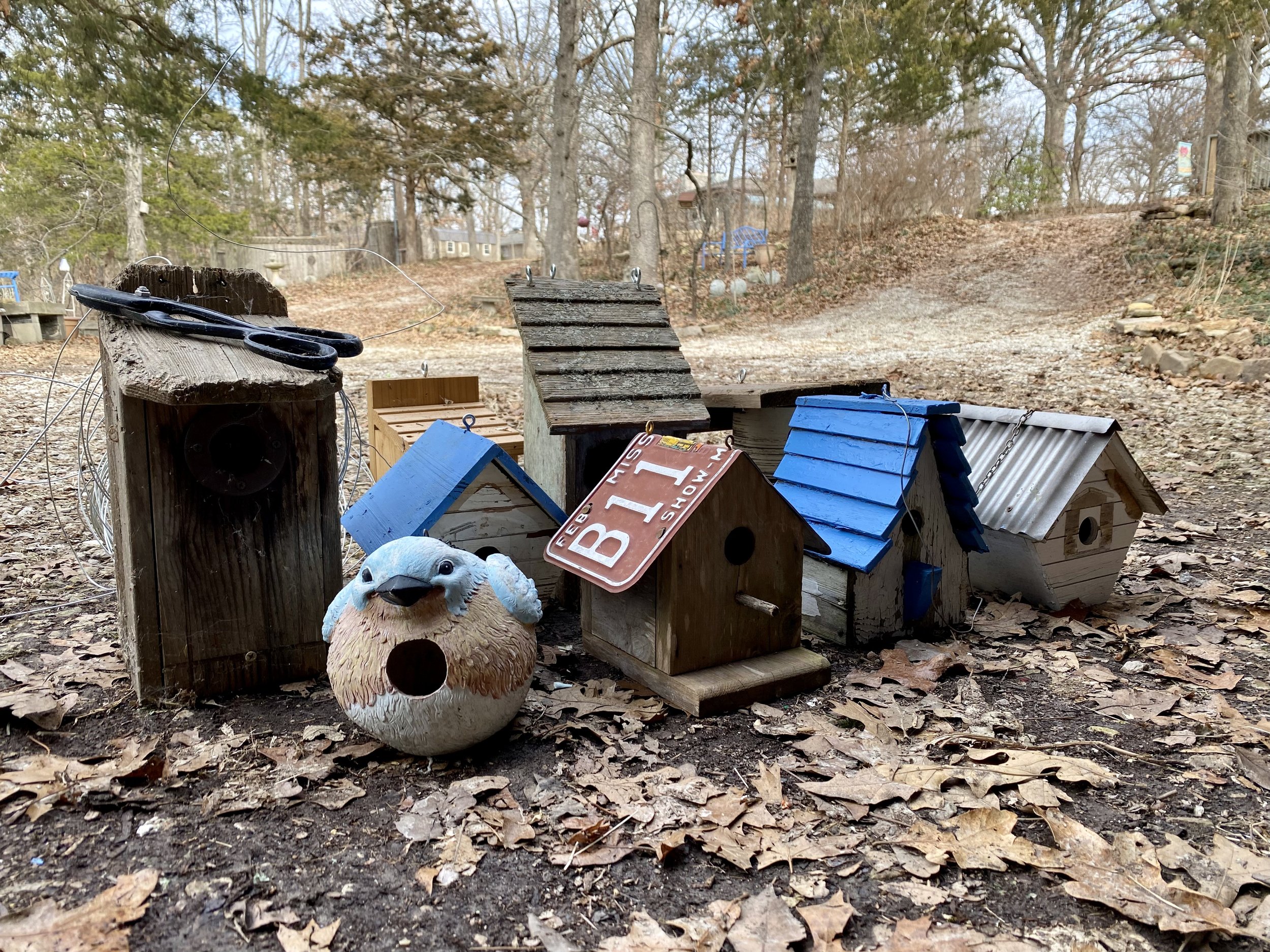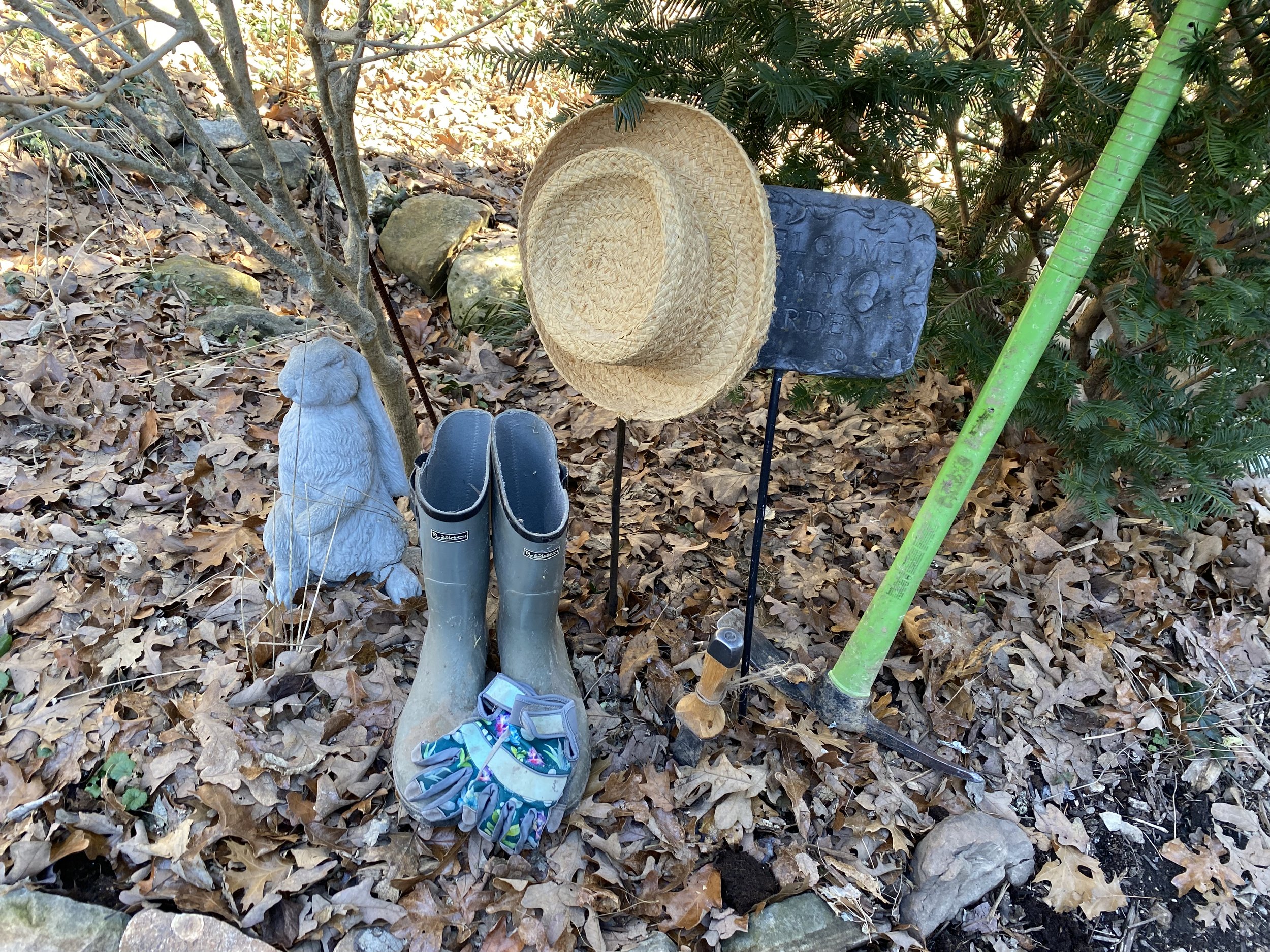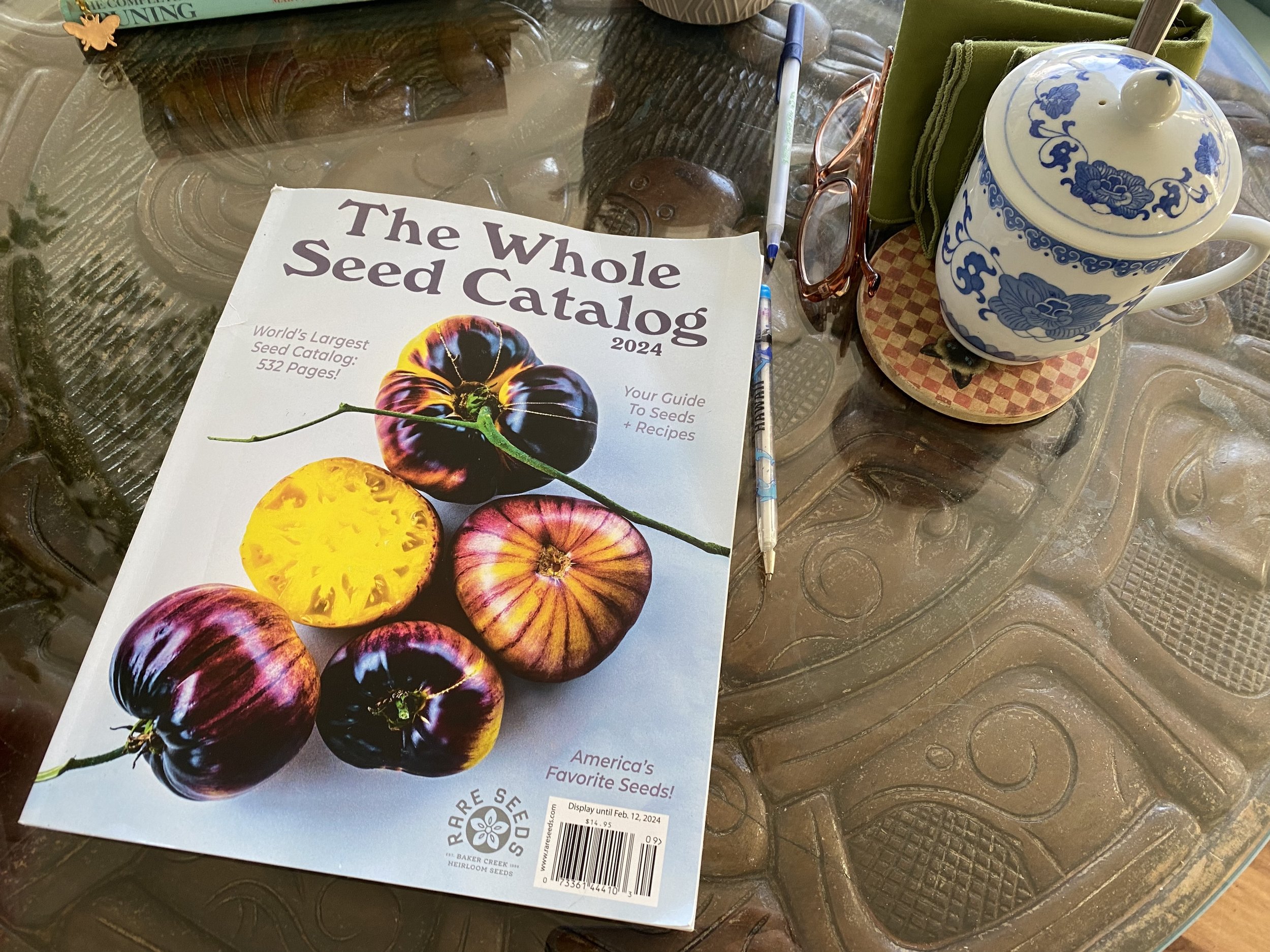Lenten Roses
For many years, Hellebore niger were expensive plants. So expensive that I promised myself only to splurge when I saw them on sale.
Several years later, I found my first Hellebore, also called Lenten Roses, for $3. Having no experience about how they grew, I planted them in a shady area where I could watch them from the comfort of my living room chair. If this plant was going to bloom in the middle of winter, I didn’t want to miss it. Ok, so I also didn’t want to commit myself to going outside to my garden, in the cold, to check on it.
On the third winter, I found my first Lenten Rose in bloom, a dark rich burgundy blooming against the snow-covered ground. What’s even more amazing is that these flowers lasted – are you ready for this – until early May.
Turns out Hellebore “flowers” are actually leaves that turn color. The flowers, much like Poinsettias, are actually teeny tiny inside the colored leaves we mistake for petals. The “flowers” gradually turn, fading from a deep burgundy to pink as the flowers inside form seed pods.
I was hooked. Now my visits to plant sales included a search for more Hellebores. I ended up with half a dozen or so, different colors planted in shady areas where I can easily see them from my walking paths.
Now I do go out, even in cold weather, and check to see if they are blooming. Considering that nothing else is in bloom outside at the same time, they are easy to find, the buds and flowers waiving over dark green leaves. When fully grown, the plants are a feet tall with dark green leaves that remain dark for most of the year.
Lenten Roses are also easy to grow. The base of the plant needs to be planted one inch below the soil line, no deeper. Plant it right the first time because their roots grow deep.
They like more alkaline soil rich with compost and humus, and need some protection from winter winds. I mulch them after the first frost and have them on the east side of my house, which gives them good wind protection. I also planted one under a bird feeder, not such a good idea. Those Lenten Roses are more apt to be damaged by squirrels and birds trying to get to the bird seed that falls around them.
These perennials are also called Christmas Roses. According to legend, a young shepherdess named Madelon was tending her sheep one wintry night. A group of wise men and other shepherds passed by, bearing gifts for the newly born Jesus.
Madelon wept because she had no gifts to bring. An angel appeared and brushed away the snow to reveal a most beautiful white flower tipped with pink.
I have a Hellebore in that color combination, just haven’t seen it bloom yet in my garden this year. Yet another one of the very few reasons I look forward to winter. That and hot chocolate on a snowy day.
Charlotte








